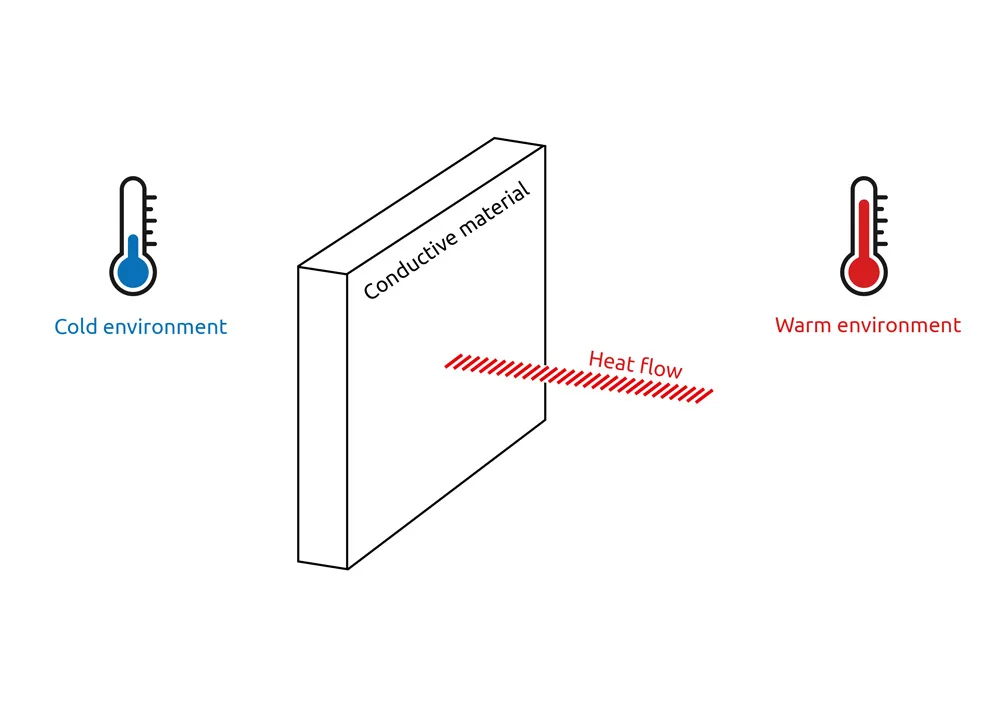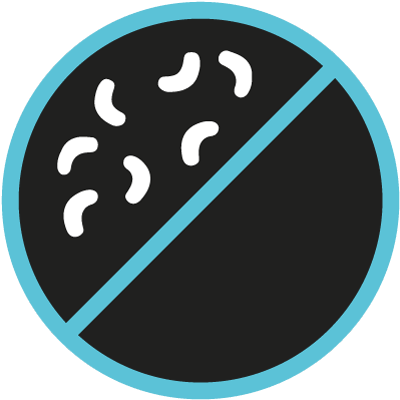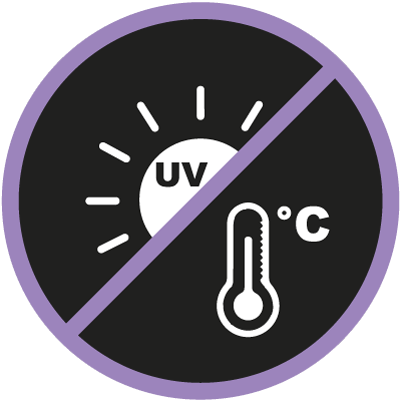Thermal
Curtains with certain characteristics can help keep rooms cool.
Thermal
Curtains with certain characteristics can help keep rooms cool.
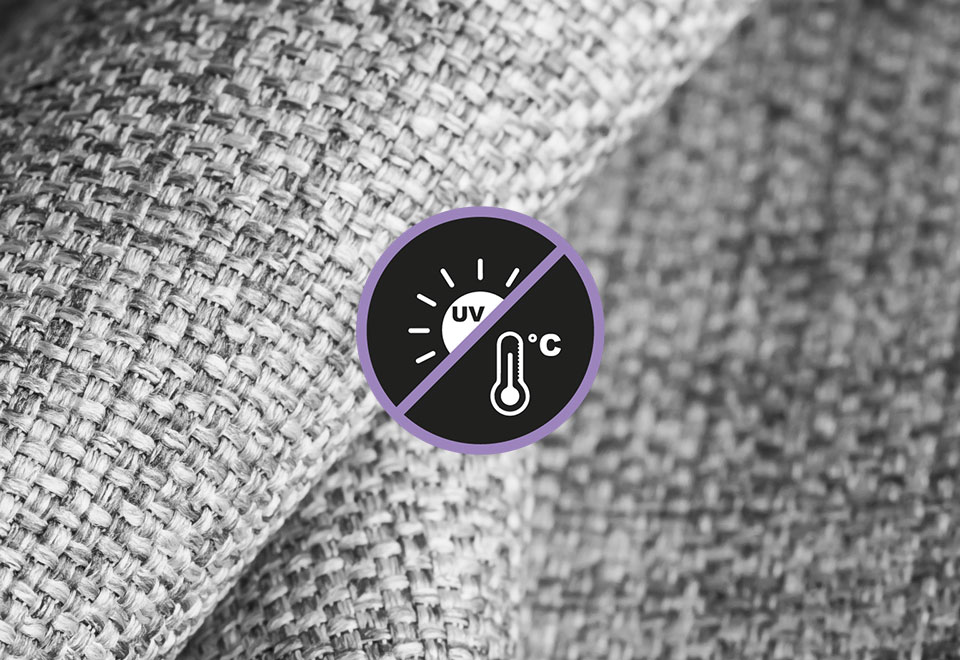
Documentation
To understand how sotexpro fabrics can provide a thermal solution, it is important to explain certain thermal phenomena to help you choose the right fabrics.
Thermal comfort refers to the feeling of well-being experienced in an indoor environment.
In winter, good thermal comfort must guarantee a sufficient feeling of warmth.
In summer, it must limit heat to avoid overheating.
Thermal conductivity
The thermal conductivity of a material refers to its ability to let heat through or block it (transmission of thermal energy).
The higher the material’s conductivity, the more it lets the heat through. The lower its conductivity, the more it is an effective thermal insulator, both against cold and heat. Thermal conductivity is a characteristic specific to each material.
Copper and aluminium, for example, are materials with very high thermal conductivity. Wood, polystyrene and air are good insulators.
To assess the thermal insulation performance of a fabric and, by extension, of a curtain, we need to know its resistance to heat transfer.
This thermal resistance depends on the thickness, density and thermal conductivity of the material or materials of which it is made.
It also depends, in particular, on the ability of its structure (weave) to trap air.
Conclusion: the greater thermal resistance is, the more the fabric insulates.
Thermal radiation
Thermal radiation is the amount of energy emitted by a heat source in the form of electromagnetic radiation. Thermal radiation is how the sun transmits heat almost instantaneously.
With a curtain, it’s the sun’s rays we are interested in, which are made up of roughly half visible light, half infrared and 1% ultraviolet rays.
When it strikes the fabric, solar radiation is partly transmitted, absorbed or reflected by said fabric. These phenomena can be measured using three coefficients:
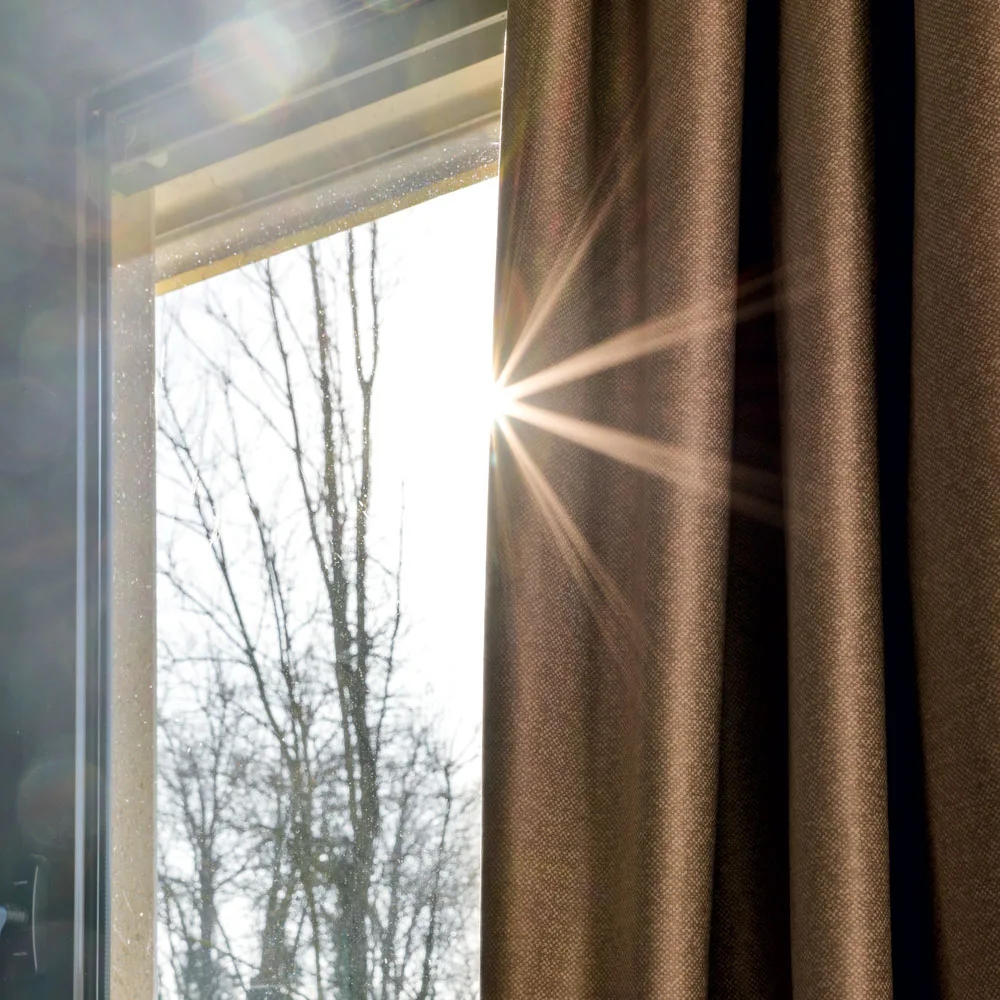
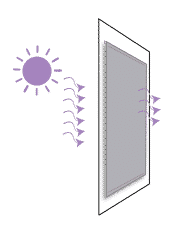
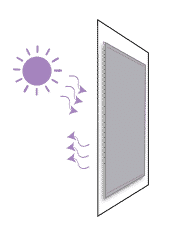

These phenomena cause the temperature in a room to vary when the curtain is drawn.
To assess the thermal performance of a curtain against the sun’s rays, it is important to use two coefficients that take into account all the characteristics of the installation:
• Total solar factor, Gtot or Gt:
This indicator measures the amount of sunlight energy that enters a room through glazing and the solar protection material, in our case the curtain.
E.g. a GTOT of 0.40 means that 40% of the sunlight’s energy enters the room, so 60% is filtered by the glazing + curtain installation.
> A low percentage indicates good thermal performance against solar radiation of the glazing + curtain.
Gtot calculation takes into account:
- The position of the solar protection material (inside, outside or between panes).
- The performance of the solar protection material in terms of transmission, reflection and absorption in the solar
wavelength range (300 – 2,500 nanometres) and visible light zone (380 – 780 nanometres). - The thermal properties of a specific glazing (e.g. the standard glazings identified in ISO 52022-2 or DIN EN 14500/DIN EN 14501):
∙ A: Single glazing > Ug = 5.8 W/(m²K) – g=0.85
∙ B: Air-filled double glazing > Ug = 2.9 W/(m²K) – g=0.76
∙ C: Argon-filled double glazing with low-emissivity coating > Ug = 1.2 W/(m²K)- g=0.59
∙ D: Solar control, argon-filled double glazing with low-emissivity coating > Ug = 1.1 W/(m²K) – g=0.32
∙ E: Argon-filled triple glazing with low-emissivity coating > Ug = 0.8 W/(m²K) – g=0.55
The default glazing recommended in standard EN 14501 is C:
∙ Argon-filled double glazing with low-emissivity coating > Ug = 1.2 W/(m²K)- g=0.59A.
• Shade change factor/shade masking factor for solar protection materials:
This indicator measures the contribution of the curtain’s protection for a given curtain + glazing installations (whose performance will have been calculated with the Gtot), against the penetration of solar energy in the room.
E.g. An Fc of 0.25 (25%) means that the curtain improves protection against sunlight energy transmission entering a
room by 75%, in a given curtain + glazing installation, in comparison to a glazing alone.
> A low percentage indicates good performance in reducing energy penetration into a room
The FC calculation is as follows:
- FC = gtot/g, where g is the degree of energy permeability of the glazing.
Curtain parameters that influence thermal performance against solar radiation:
- The role of colour:
Dark colours reflect little or none of the sun’s rays, but absorb them, while light colours reflect them.
This is why, for the same fabric, the coefficients linked to thermal radiation will differ depending on the colour chosen (which faces the window and therefore the sun).
This parameter must be taken into account when choosing the curtain and the desired performance. That is why, based on this observation, we tested our properties solely on light and medium colours.
Example of the variation in thermal performance of our COLLEGE quality according to its colour:
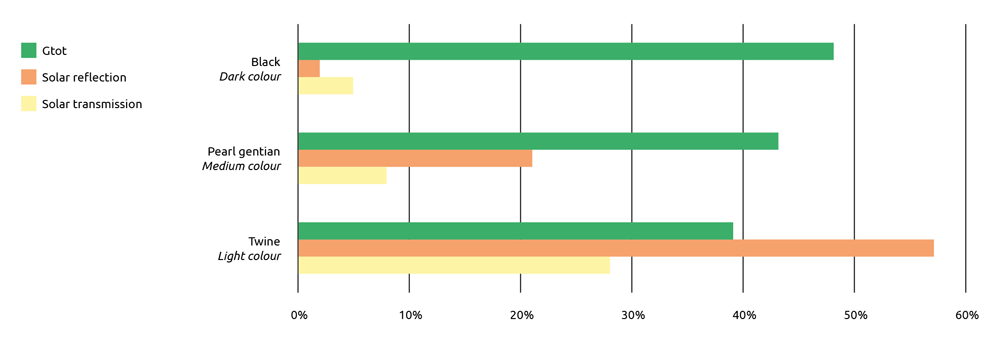
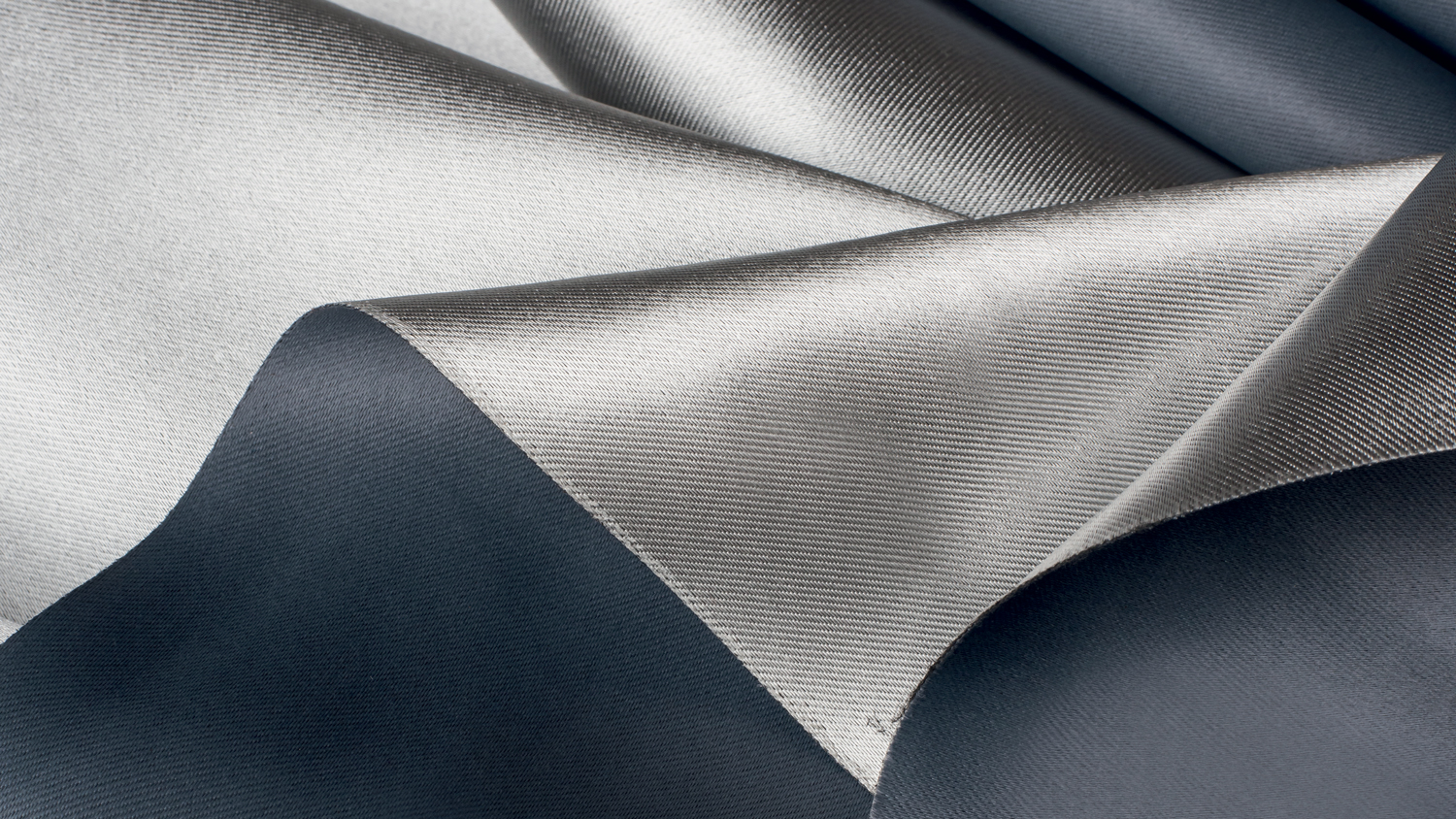
- The role of aluminised surfaces:
Aluminium is highly effective against the diffusion of electromagnetic waves and therefore solar radiation.
We often use this process in curtains to guarantee protection against heat radiation regardless of the colour.
You can find all these values in our thermal performance data sheets, published for each reference and available on request. These are based on the results of tests conducted by an accredited laboratory.
Do you have a project?
Our sales staff can provide you with support and in-depth expertise on standards for specific types of establishment (schools, hotels, retirement homes, healthcare, etc.).


